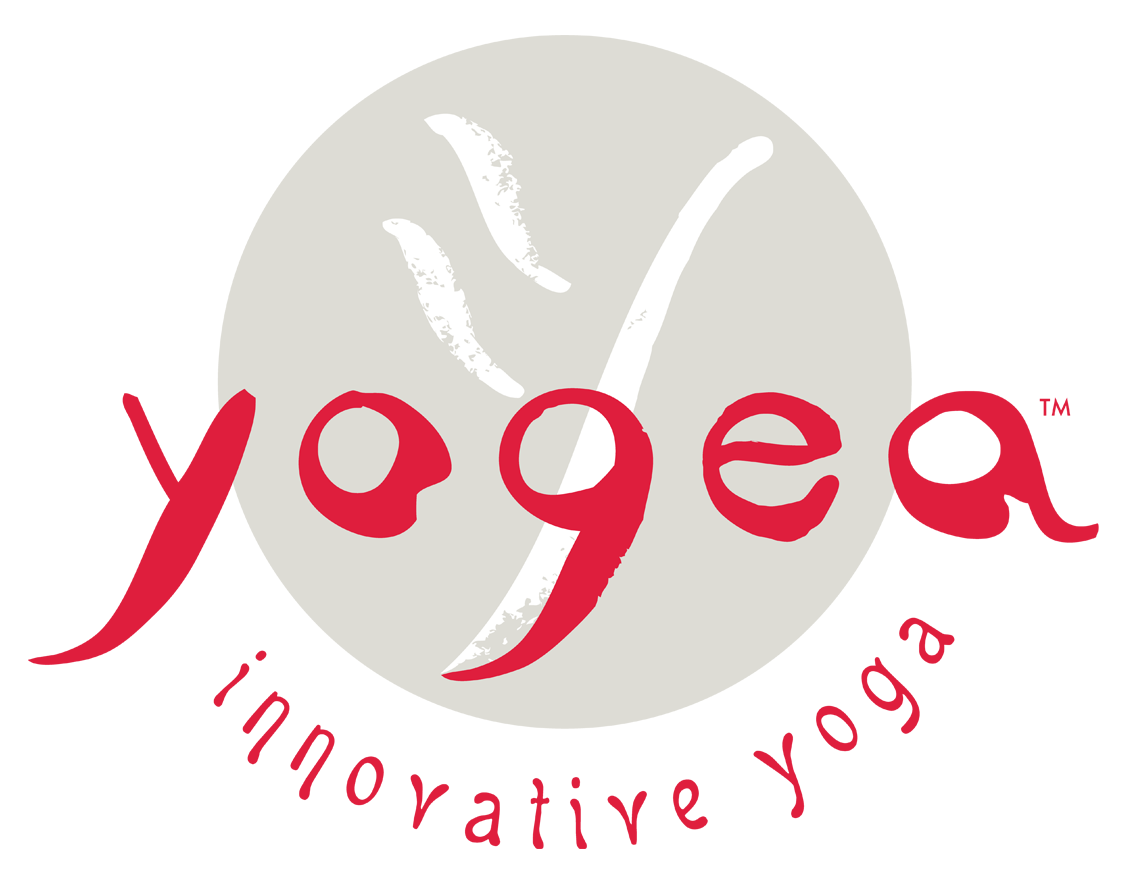Welcoming 2013 – A Key to a Sustainable Year
It’s January 2013…Armageddon skipped us on December 21, 2012 and now we are headed for a brand new age. Or so it seems. An age of promising nanotechnology advancement and upsurge in inventions; of using the mind to heal our bodies without physical intervention; of interacting through more visual and voice activated communications; of socializing via networks and trying to accomplish a great deal in a short time. It sounds so safe, but buckle-up, and don’t allow yourself to be lulled by a false sense of security, as dangerous weather patterns may persist, civil unrest may escalate, the housing bubble may inflate, the debt mountain may balloon, and major power surges may follow. It is still a cardinal climax time where we could witness dramatic changes both in our lives and the world around us. How can we keep ourselves grounded even when the outer environment is at a whirlwind? The key to a sustainable and constructive year ahead lies in being able to center ourselves in trust and map out a fluid structure of priorities that we can rearrange or readapt at any given moment in time and space.
I believe the best recipe to center myself and keep the faith in the divine flow is to combine Qi-Gong and Yoga in my daily meditation and psycho-physical practice. Years of regular martial arts and Chinese energy work have helped me establish a strong core that brings mental clarity, vitality and a sense of inner peace to everything I undertake. Both Chinese and Indian Yoga focus on proper relaxation and tension release and a revitalization of the nervous system that always brings a refreshing and rejuvenating effect.
I like to intersperse the standing kinetic meditation techniques from Qi-Gong into my daily asana routines and reap the benefits of both stretching and toning the muscles and ligaments while enhancing flexibility, then stimulating the glands while promoting a soft focus and a state of balance and well-being. Although the yogic postures seem fixed and static there is an inner movement that happens through the flow of breath and the transfer of energy. So you never actually stop growing in the pose. I actually discovered that for myself when I began applying the 10 principles of Tai-Chi in my asana flow. The symbiosis of the mystical sacred geometry of a pose and the organic, image-ridden moves from Qi-Gong brings a buoyant and soft quality to the practice. The intrinsic austerity of the pose is cushioned by a silky touch of element-based response. Then a very subtle and profound effect of grounding and uplifting ensues. In the quintessential Tai-Chi dance the head floats relaxed, the chest is loose and never pushed forward, the waist is free, the shoulders curve naturally. A feeling of solidness and a firm base opens space for emptiness and a seamless coordination of right and left. The mind moves the body, not physical strength. Similarly, in asana practice the energy takes the practitioner from one pose to the next, continuously re-enacting the pulse of creation and dissolution. I find it vital to fuse spiritual techniques from all esoteric sources in order to create a balanced and varied self-care program that is both profound and fun. The integration of Qi-Gong into Yoga has always strengthened my will to build my vision with clarity and compassion, seeking a harmonious way to heal myself and the planet.
Let’s start this auspicious 2013 with a Centering Yogea Sequence performed in a class format by Certified Yoga Instructor Larissa Chaadaeva and myself, and shot in the mesmerizing Lake House Inn in Pennsylvania.
Centering Yogea Routine
This centering Yogea practice combines the physical benefits of Qi-Gong and asana practice. The emphasis is on grounding through the four corners of the feet evenly and establishing a sense of communion with the Earth, both physically and energetically. Standing, sitting, kneeling, reclining and supine poses alternate to create a well-rounded mix of hip openers, belly toners, quad extensors, hamstring and Achilles lengtheners, and heart openers. The pace is flowing and Tai-chi based as the yogic principle of “abhyasa” is applied. Abhyasa is the yoga philosophy of moving step by step by integrating conscious breath and movement and creating a membrane of creative awareness that spirals though the entire body, while connecting it to the Earthly vortex and the celestial portal. As the sky kisses the Earth, the body anchors and roots through oppositional pulls and elevates through pelvic twists. The breathing exercises from both holistic schools – Qi-Gong and Yoga are intermingled with modifications of classical poses. At the end a balancing effect is obtained and a sense of vitality and rigor floods the body, while keeping the mind tranquil and the gaze directed inwards into the essence. The level of the practice is slow intermediate and does require basic knowledge of Yoga prior to attempting it.

Hello, after reading this awesome piece of writing i am too glad to
share my familiarity here with colleagues.